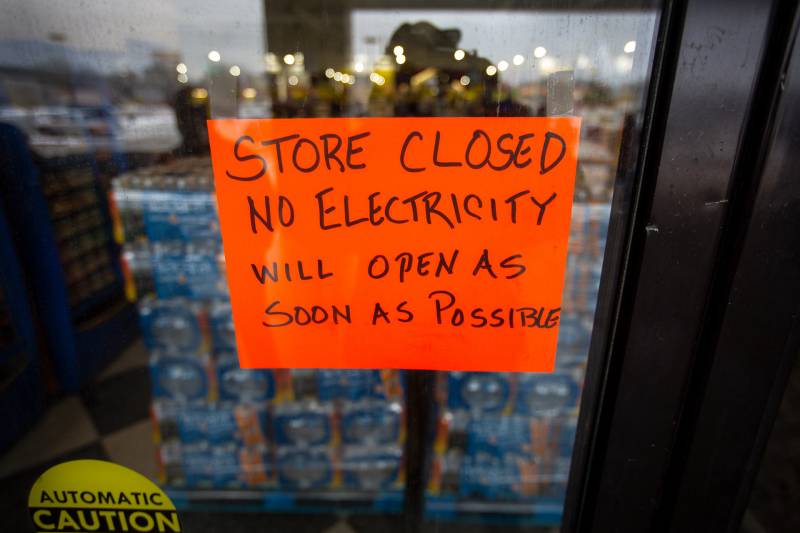A few weeks after California’s rolling power outages last summer, Republican Congressman Dan Crenshaw of Texas pulled out his iPhone and tapped out a political dig at the Golden State.
“Alexa, show me what happens when you let Democrats control energy policy,” he tweeted, responding to Los Angeles Mayor Eric Garcetti’s plea for residents to conserve energy by turning off major appliances, as another heat wave had Californians cranking up their air conditioners, driving up electricity demand.
Crenshaw blamed California’s ongoing energy supply problems on its aggressive adoption of solar, wind and other renewable resources.
It’s worth noting California and Texas have very different energy systems. Texans generate about two-thirds of its power from natural gas. The remaining third comes from nuclear, wind, solar and coal. Most of the state’s electricity is managed by a grid operator independent of the rest of the U.S.
California, like most states, is different from Texas in that it’s connected to a larger regional grid system by transmission lines that operate as a backup system. When California’s demand outpaces its supply, it’s able to acquire power from its neighbors. And as cold temperatures from the winter storm have frozen most of the country, the grid operator asked Californians to conserve energy to reduce demand on the regional system.
